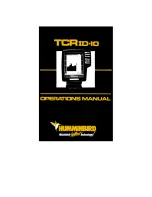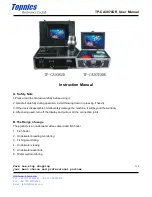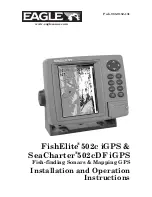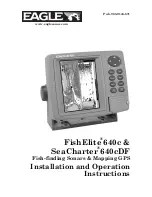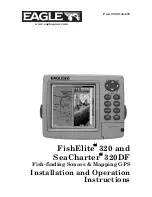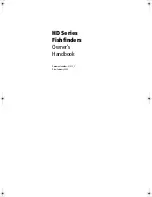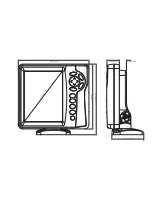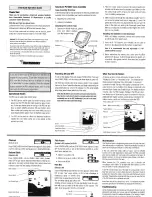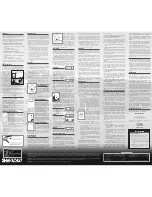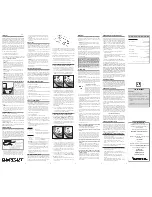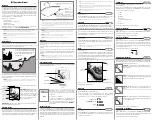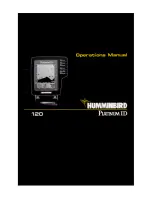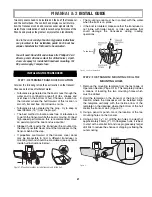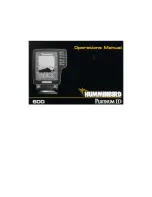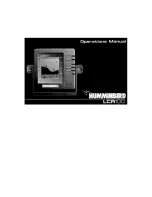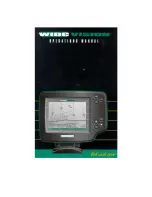
8120
Installation and Operation Manual
23
Tracking records the boat’s position to
memory at regular intervals, which can be:
Time intervals.
Or distance intervals.
The track of where the boat has been can be
displayed on the chart. The Instrument can
display one track while recording another.
To work with tracks, see section 17-6.
The Instrument can store five tracks:
Track 1 can hold up to 2000 points and is
intended to record the normal progress of
the boat.
Tracks 2, 3, 4 and 5 can hold up to 500
points each and are intended to record
sections to be retraced accurately, for
example entering a river mouth.
Tip
: Record a reference tracks and then
use the track to help navigate the same trip
later. For example, record a reference track
as you leave harbour. Then if you return to
harbour and visibility is poor, select the chart
and navigate manually along the reference
track back into the harbour. Record reference
tracks in good conditions.
3-5 Tracks and tracking
When recording is on and the track becomes
full then recording continues and the oldest
points in the track are deleted. The maximum
length of a track depends on the selected
track interval: a small interval will give a
shorter, more detailed track and a long
interval will
give a longer, less detailed track, as shown in
these examples:
Time intervals
Interval
Track 1
Track 2, 3, 4 or 5
1 sec
33 minutes
8 minutes
10 sec
5.5 hours
1.4 hours
1 min
33 hours
8 hours
Distance intervals
Interval
Track 1
Track 2, 3, 4 or 5
0.01
20
5
1
2,000
500
10
20,000
5,000
The track lengths are in the current distance units, for example
nm.
If Projected course is turned on, then the
Instrument will display the projected position
based on the course over ground (COG),
speed and a specified time. To turn Projected
course on and off and to set the time, see
section 17-2.
A Projected position
B Boat’s projected course
C Boat position
3-4 Projected course
A
C
B































